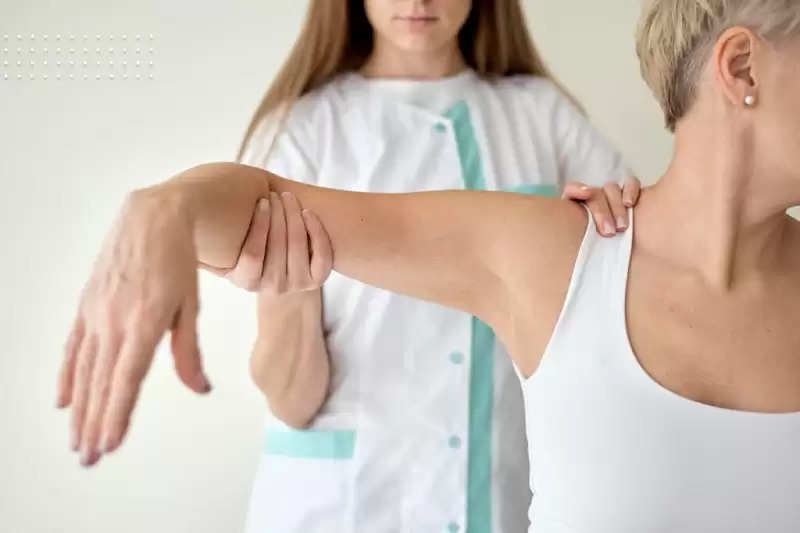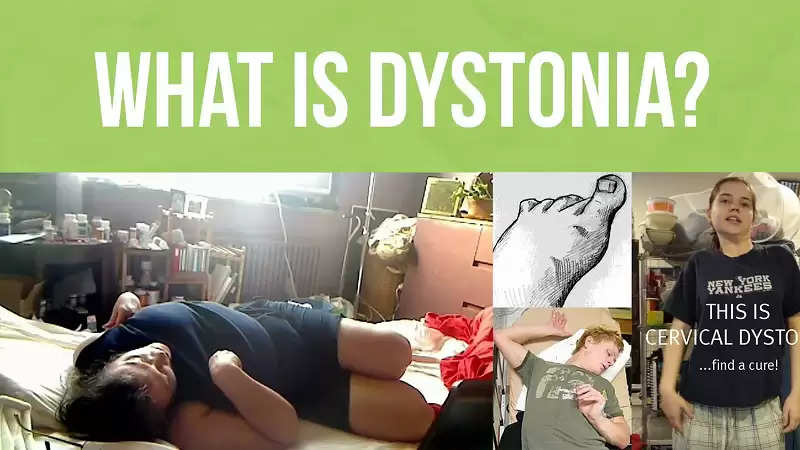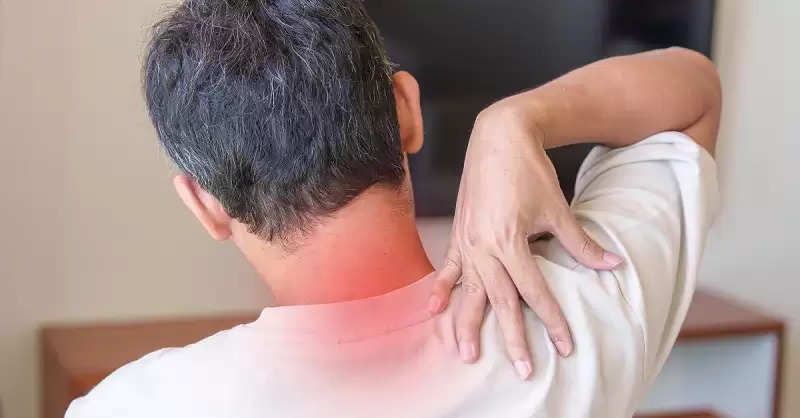Dystonia: What is dystonia, know from experts about the symptoms and treatment along with the type of this disease..

Dystonia: Dystonia is a neurological movement disorder characterized by excessive stretching and contraction of muscles. The parts of the body that are stretched and contracted, their texture start changing. Dystonia can occur in any part of the body, in mild or severe form. It usually starts in one part of the body and gradually spreads to other parts. Women are more likely to have it than men.

Types of dystonia
On the basis of facts, dystonia is divided into different parts. These may include the body part affected, the age of onset, and whether it is primary (idiopathic) or secondary (caused by an existing condition). Some of these are as follows-
1. Focal dystonia
It affects only certain organs, such as the neck (cervical dystonia or torticollis), mouth (blepharospasm), vocal cords (spasmodic dystonia), or hands (writer's cramp).
2. Segmental dystonia
It immediately affects the surrounding organs.
3. Generalized Dystonia
It affects multiple organs, most often involving the arms and trunk.
4. Hemidystonia
It affects one side of the body.
5. Multifocal dystonia
In this, two or more such organs are affected, which are not located nearby.
6. Dystonia-Plus Syndrome
Dystonia that occurs with other neurological problems is called dystonia-plus syndrome. These other problems may include diseases such as Parkinson's or myoclonus.
Symptoms of dystonia
The symptoms of dystonia largely depend on the type and severity of the disease. Its common symptoms may be something like this:
- sore throat
- trouble speaking
- blinking too much
- sprained leg
- shiver
Treatment of dystonia
The treatment of dystonia focuses on relieving the symptoms. Apart from this, efforts are also made to improve the ability to work and to improve the quality of life of the patient. Treatment is planned according to the type and severity of dystonia.
1. Medications: Muscle relaxants, botulinum toxin injections (Botox) and anticholinergic medications can help reduce muscle spasms, thereby improving muscle control.
2. Physical therapy: Stretching exercises, range of motion exercises, and posture training can help control the symptoms of dystonia, preventing more complex conditions such as permanent shortening of the muscles.

3. Botulinum toxin injections: Focal dystonia is often successfully treated with Botox injections. The effect of this injection is to block the nerve signals that cause muscle contraction.
4. Deep Brain Stimulation (DBS): In severe cases, DBS involves surgically implanting electrodes in the brain to control abnormal brain activity and reduce the symptoms of dystonia.
PC Social media
 (1).png)
